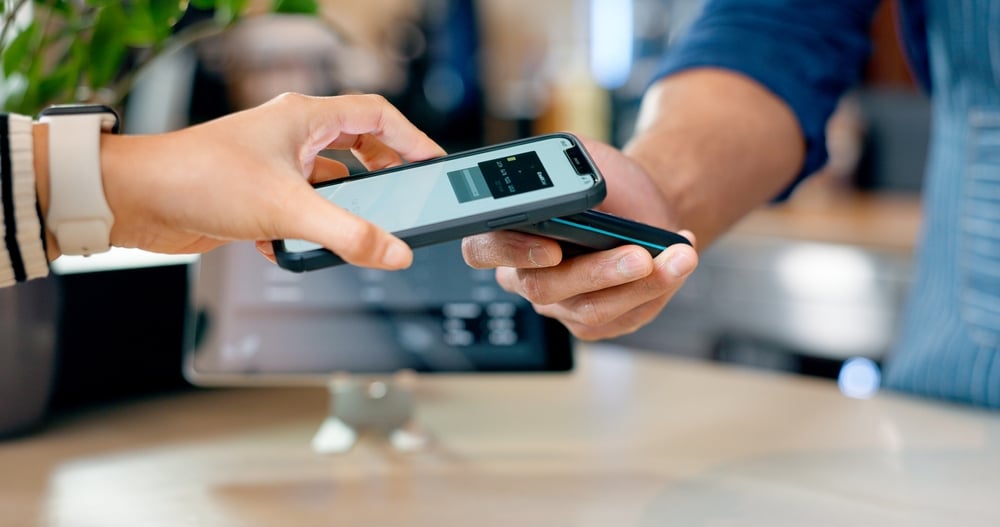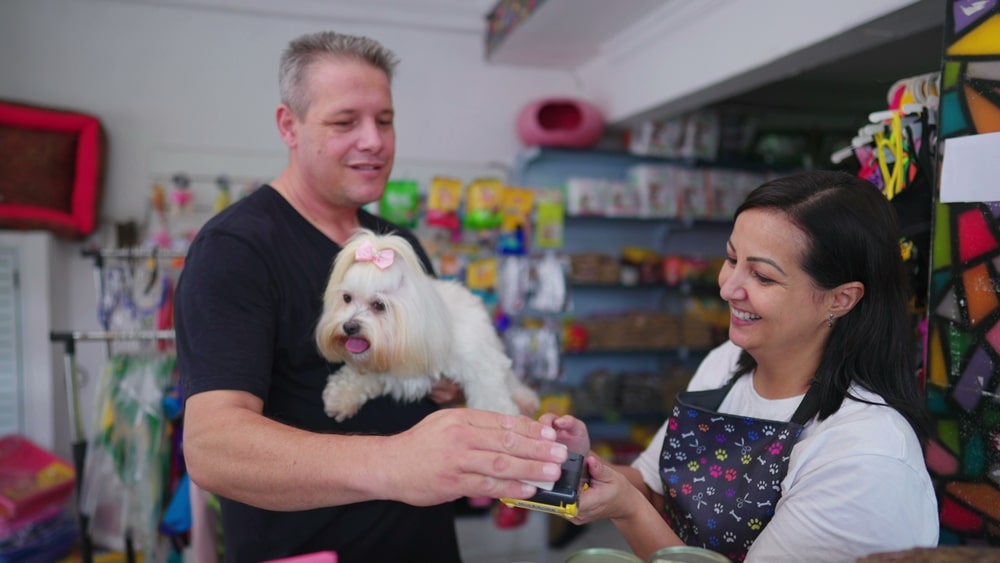Veterinary Equipment: A List of Essentials for Vets
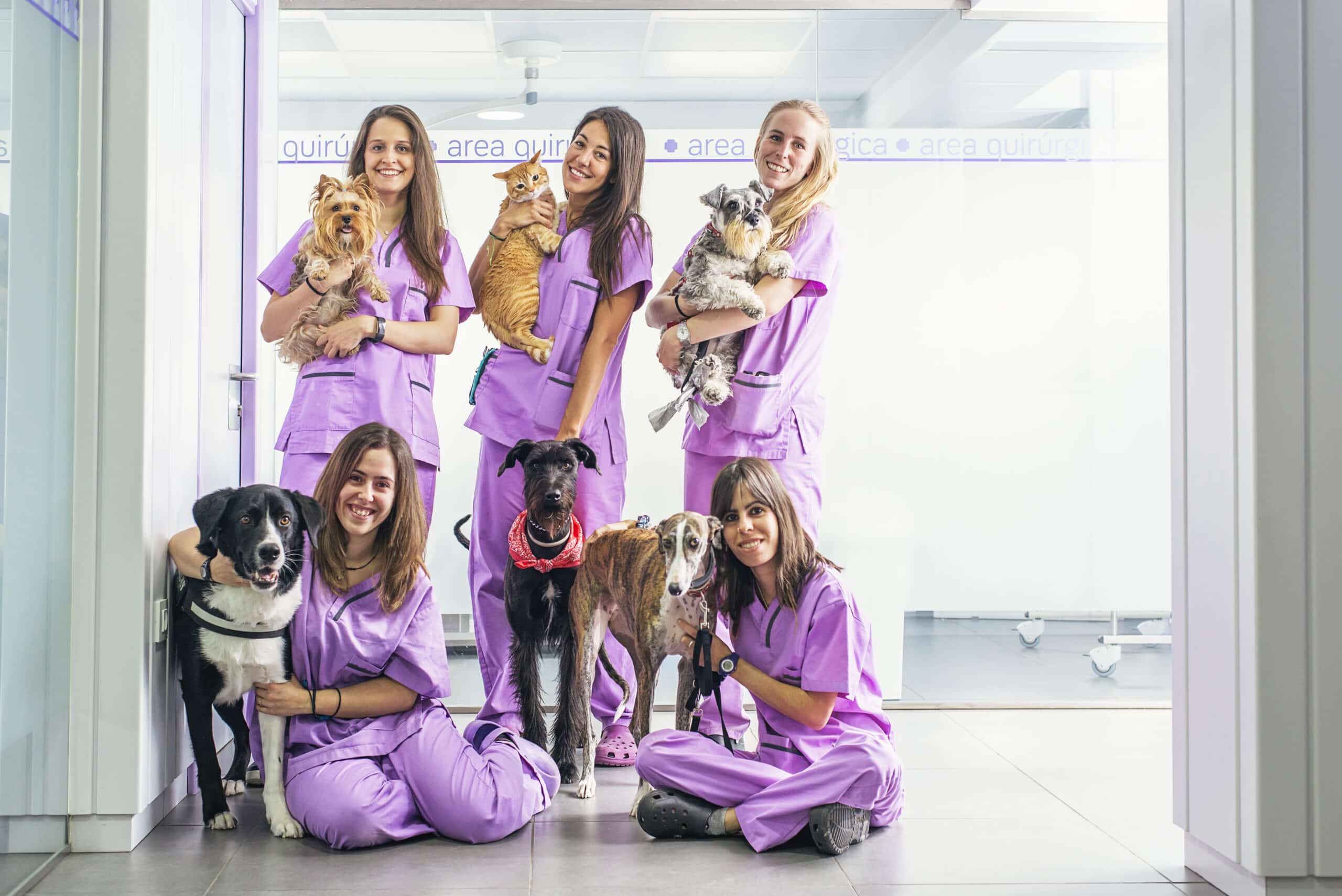
When it comes to necessary veterinary equipment, the list could be nearly endless. Electric razors, nail clippers, scissors, exam gloves, drug and supply storage, and filing cabinets are really only the base level here.
Additionally, there are so many factors that weigh in, including the size of your practice, your budget, and current options.
Therefore, we put together a list of the absolutely essential veterinary equipment that vets will need in their practice and what can be a good starting point for those who are opening up a new veterinary practice from the ground up.
Essential veterinary equipment:
Exam and procedure tables
Lighting
Weighing scales
Stethoscope
Thermometer
Warming unit
Monitoring unit
Dental unit
Veterinary ultrasounds
X-ray machine
Anesthesia equipment
IV pumps
Endoscopic instruments
Catheter
Ophthalmic and aural exam equipment
Autoclaves, disinfectors, and sterilizers
Microscopes
Boarding cages
1. Exam and procedure tables
You need strong, solid tables that will hold your patients’ weight and will allow you to examine them confidently. It’s best to look for tables that have storing features as well so the most often used tools will be near you when needed.
Think about putting an anti-slip mat on top of the exam table to help you work with those very mobile patients. You can find models that are electric and hydraulic as well.
2. Lighting
Good tables are the foundation for your examinations but bad lighting can be a show stopper. Wherever you examine animal patients or carry out a procedure, you need perfect lighting that allows you to do your best job.
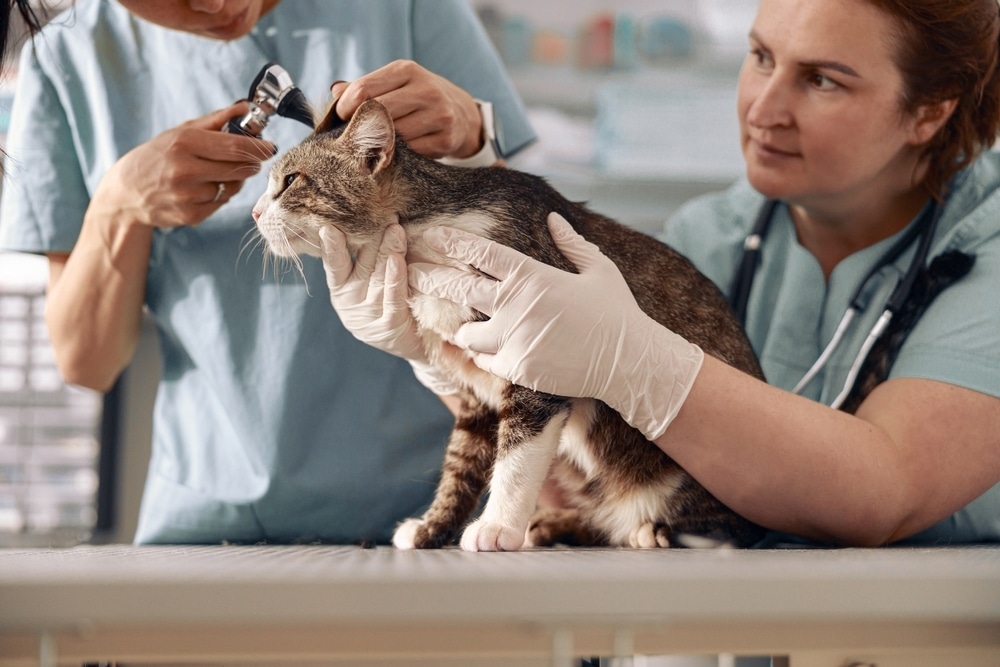
3. Weighing scales
You’ll need weighing scales in different sizes. The ones for really small pets can sometimes be hung on the wall or put away in a drawer easily. You’ll have to purchase a scale for cats and other smaller or medium-sized pets and of course, one for the larger pets.
Some scales already come with a rubber mat, and to help you finish weighing quickly, digital displays are also available and easy to read.
4. Stethoscope
A stethoscope is a fundamental instrument for vets and is used in any routine visit. As we all know, it helps to hear the sounds of the lungs and the heartbeat regardless of the patient’s size. Such a small tool can provide much information to the expert ear whether used on a small or a large pet.
5. Thermometer
It’s your decision if you want to use mercury-type thermometers or digital ones.
Mercury ones are the traditional choice but could be dangerous if they break. Nevertheless, some experts swear those are more accurate.
Digital thermometers, however, are known to be accurate as well, work quickly, and can be easily read on a LED display.
As you know, you can also choose from rectal and ear thermometers — it’s probably best to stock up on both and use the ones that suit the situation the best.
6. Warming unit
Warming units are pretty handy equipment, used to warm up patients usually during or after surgery. It is great for increasing animals’ comfort too, in general. A must-have in every vet practice.
7. Monitoring unit
Some vets use separate monitoring equipment, others vote for units with more equipment housed together, and with portable options. Either way, make sure you have the essentials, such as a blood pressure or an electrocardiography monitor.
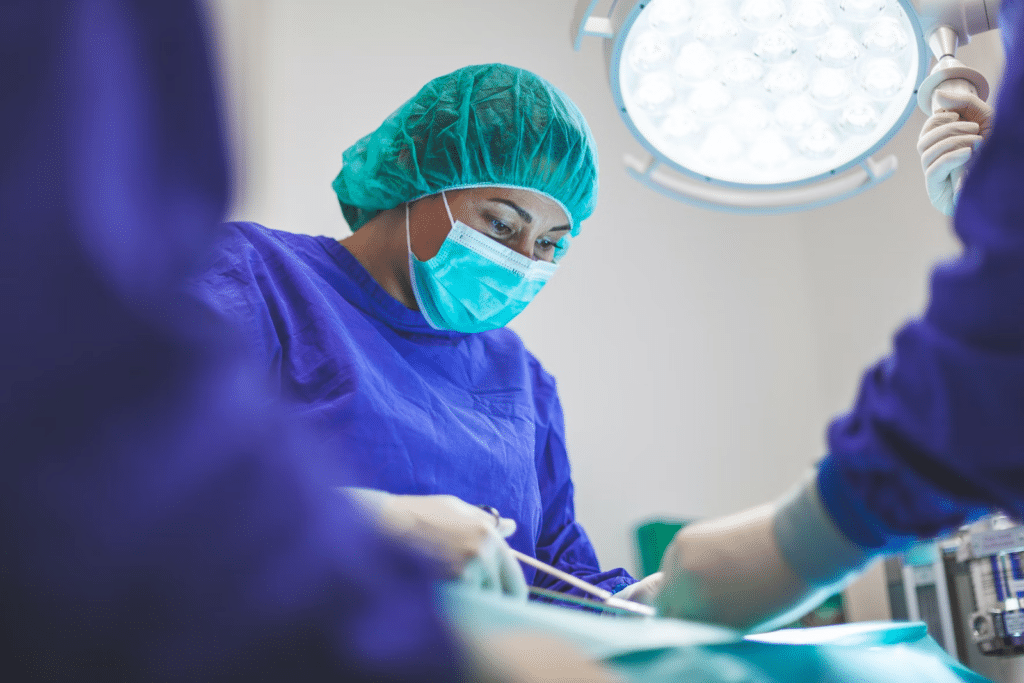
8. Dental unit
Vets often need to deal with the dental problems of their pet patients so installing a dental unit in your practice or clinic is not a question.
Sometimes it’s about cleaning their teeth, and removing plaque, other times it’s more specific dental issues. Make sure you have a good toothbrush and toothpaste for your patients, along with an ultrasonic scaler in your dental unit.
9. Veterinary ultrasounds
Diagnostic imaging can provide more accurate diagnoses and results for vets, and ultrasounds can help with this. Today’s ultrasound models usually come with external displays as well and an option for real-time image sharing.
You can also buy a portable ultrasound that will prove useful in emergency situations and if you visit patients in their homes.
As with everything else, the type of ultrasound you purchase will depend on your budget, but make sure to have one.
10. X-ray machine
Digital X-ray machines are absolutely helpful and necessary for vets to gain a clear picture of their patients from the inside. An X-ray is the easiest and not at all painful way of examining a patient’s bones, organs and muscles. These details all help with a precise diagnosis.
11. Anesthesia equipment
Anesthesia is necessary for longer and invasive procedures where it’s important for the patient to stay still. Anesthesia equipment will provide an automated process for giving enough oxygen to the patient, and offer the correct ventilation and doses of anesthetics in the combination set out by the vet.

12. IV pumps
IV pumps or intravenous pumps are used to provide medication and other needed drugs to patients during surgery. Vets can control the infusion rate of these supplements with an IV machine for a longer time and this is quite helpful during a medical intervention.
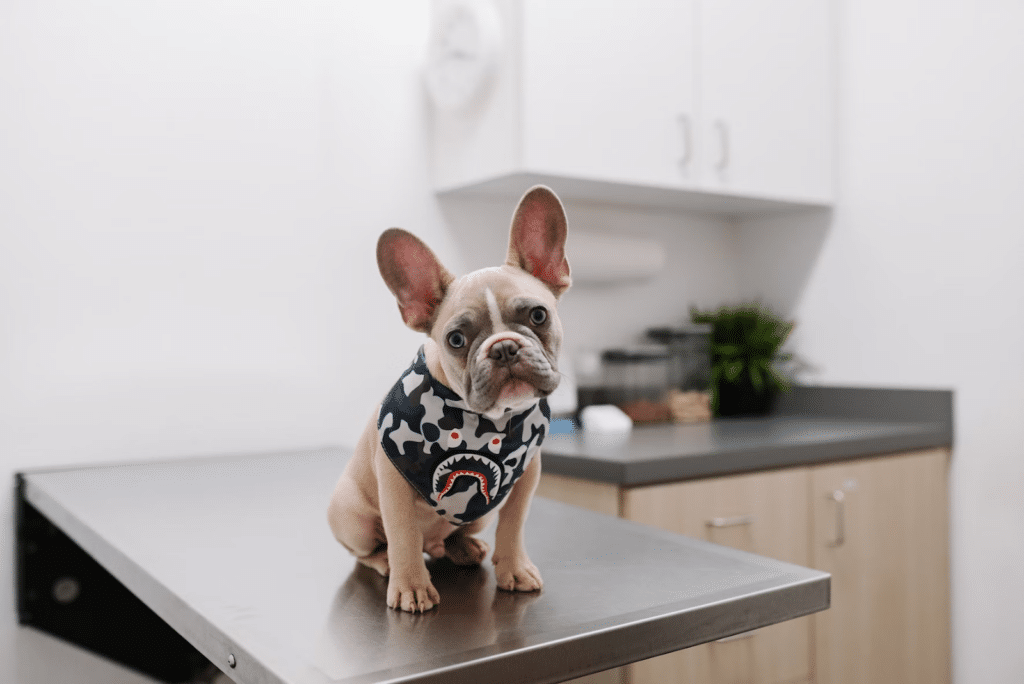
13. Endoscopic instruments
Endoscopic instruments are used to view the inside of the patient, via a long, thin tube. These tools are great for helping with a diagnosis, without much pain. In some cases, specialists conduct these types of procedures but general vets can find this equipment to be useful in their practice nonetheless.
14. Catheter
Catheters are usually used for collecting urine samples from patients but vets also have permanent catheters for some animals if needed during surgeries.
A catheter is a piece of simple and essential vet equipment so it had to make the list.
15. Ophthalmic and aural exam equipment
Vets very regularly check patients’ eyes and ears for various infections and any related disease, so ophthalmic and aural equipment is a necessity in a practice.
There are mains-operated and battery-operated, portable ones. Mains-operated ones can be installed in each exam room, while the battery-operated ones can be easily moved between rooms — the choice is mostly budget-related and based on what fits the location better.
16. Autoclaves, disinfectors, and sterilizers
Autoclaves, disinfectors, and any type of equipment for sterilization are necessary for a vet practice, not just for surgical work but for the average pet visit, too.
You have various options to choose from when it comes to autoclaves. Different sizes and manual and automatic, digital versions are also available. It’s best to make the decision based on the size of your practice and budget.
17. Microscopes
Microscopes can be very handy for any vet practice as some very common procedures will require that, such as checking for parasites in animal excrement.
Vets also use microscopes for several diagnostic uses that don’t necessarily require lab work so these should be on the list of vet equipment essentials.
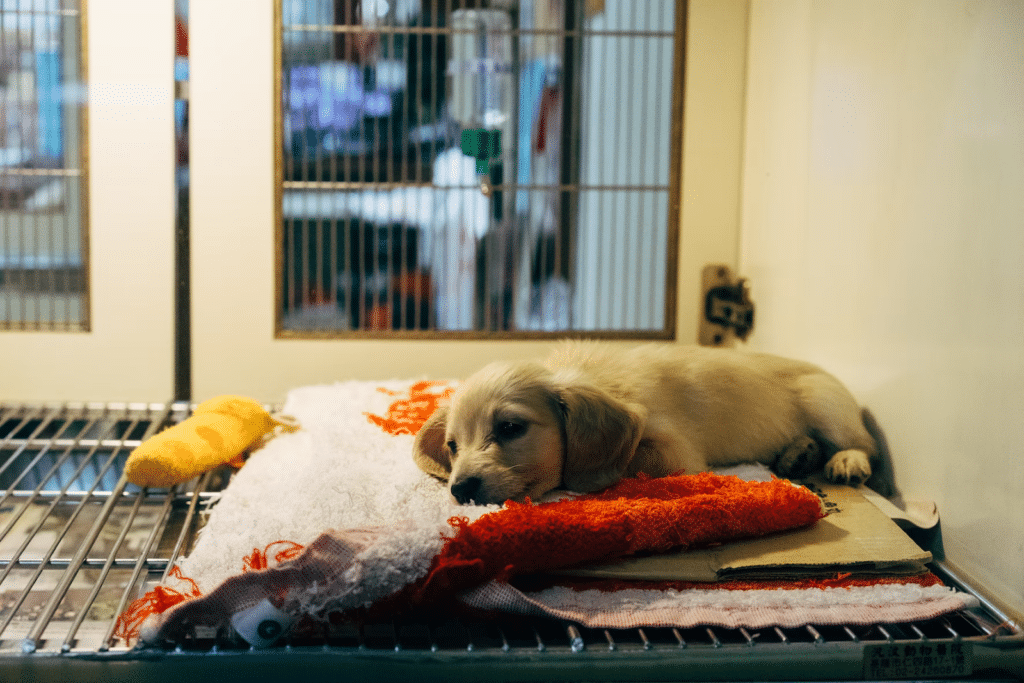
18. Boarding cages
If an animal needs a longer treatment, you need to house them in cages while they’re healing and until their owner can take them home. Although cages might not seem friendly, these are safe and secure for injured and sick animals and are only used for a limited and necessary amount of time.
You might not have the option to use boarding cages, but if so, you should consider these for instances when you need to observe animals’ health for longer than just a single visit.
+1. Extra veterinary equipment
Depending on the size of your vet practice, if you work alone or manage a fully-equipped vet clinic, you’ll likely need a different array of equipment.
The ones listed above are the essentials for any average vet practice, but if you work at a clinic that has more means to invest in tools, some more to think about are:
CT scanners
Centrifugal machine
Incubator
Refrigerator
Blood analyzers
Keeping control of budgeting for veterinary equipment
Whether you’re about to open your vet practice or in the process of expanding your equipment warehouse, you should be aware of the strict finances. These equipment are rarely cheap but as you might have guessed, they’re all important investments for your business.
With a cloud-based software like DaySmart Vet, you can easily manage incoming and outgoing expenses, handle your billings and sync it with your Quickbooks online account for accounting purposes.
DaySmart Vet is also a complete veterinary practice management solution, tailored for all vet practice types. Book a free demo and see if it’s right for you!

